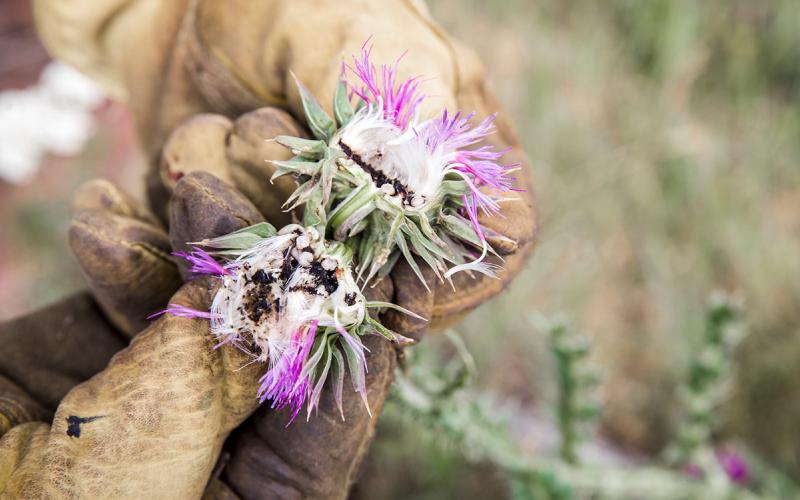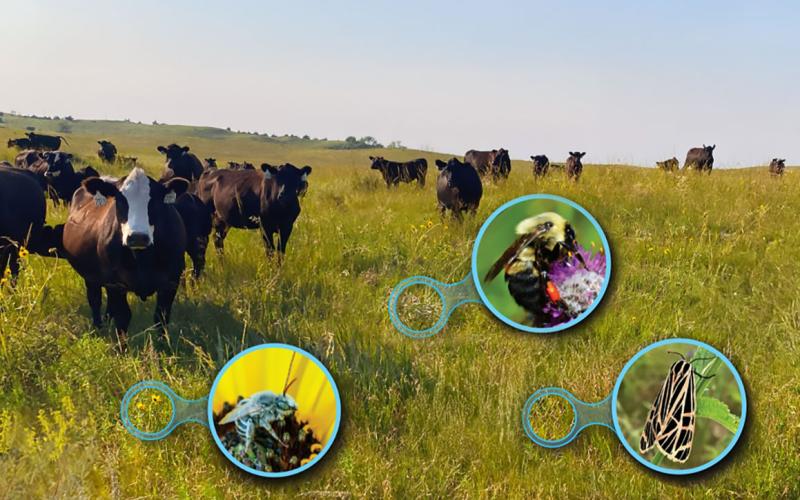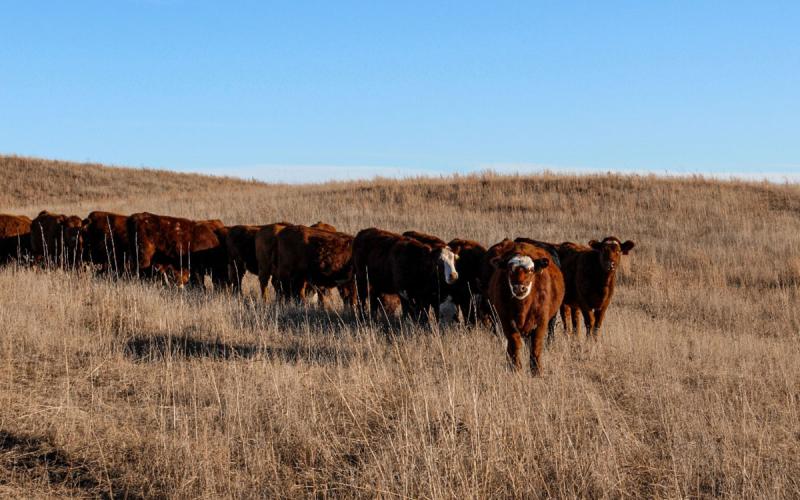Written collaboratively by Krista Ehlert, Mitch Faulkner and Katie Christensen.
Crested wheatgrass die-offs occurred in summer 2023 in South Dakota; it was a noteworthy event and previously occurred in Montana several years prior. This article describes where the die-offs occurred and what likely caused them.
Previous Occurrence in Montana
Previous crested wheatgrass die-offs have been reported, most notably in Montana during spring 2018 (Montana Rangelands Partnership). In this instance, fall and winter weather conditions allowed for an extended grazing season, allowing crested wheatgrass to be grazed rather heavily into the fall and early winter. Afterwards, a summer drought occurred followed by good fall growing conditions that favored crested wheatgrass regrowth, making it comparatively lush and desirable after the summer drought. In many instances, the regrowth was grazed heavily that fall, which compounding the lack of plant-health recovery. It seems that the long and very cold winter that followed may have further stressed the plants and contributed to the die off witnessed in the spring.
Noteworthy Observations in South Dakota
During spring 2023, landowners in southwest South Dakota (abbreviated as SD) reported a noticeable reduction in productivity or a near to total die-off of crested wheatgrass plants. In many cases, die offs were near total and occurred both in monoculture stands and in areas where crested wheatgrass occurred with native rangeland (Figure 1). When the plant community was dominated by crested wheatgrass, die-offs occurred across the entire field (Figure 2) and weedy broadleaf plants took over (Figure 3).
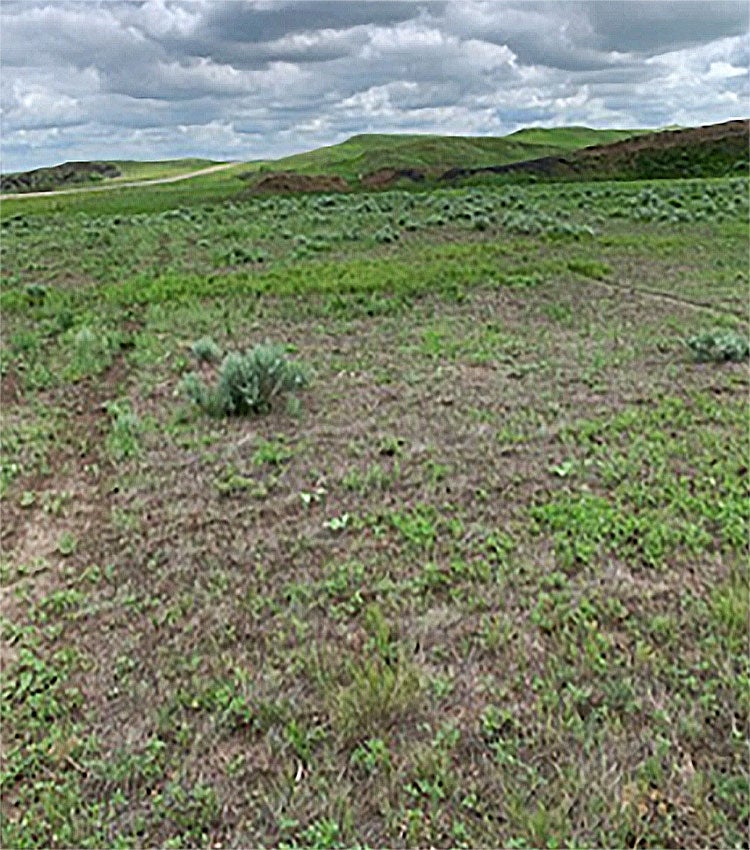
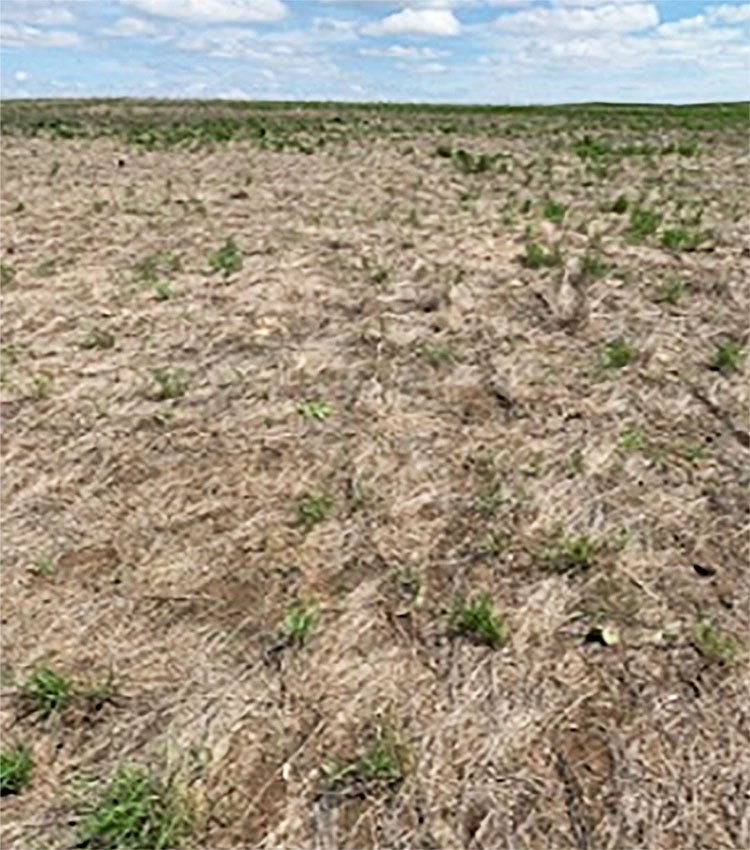
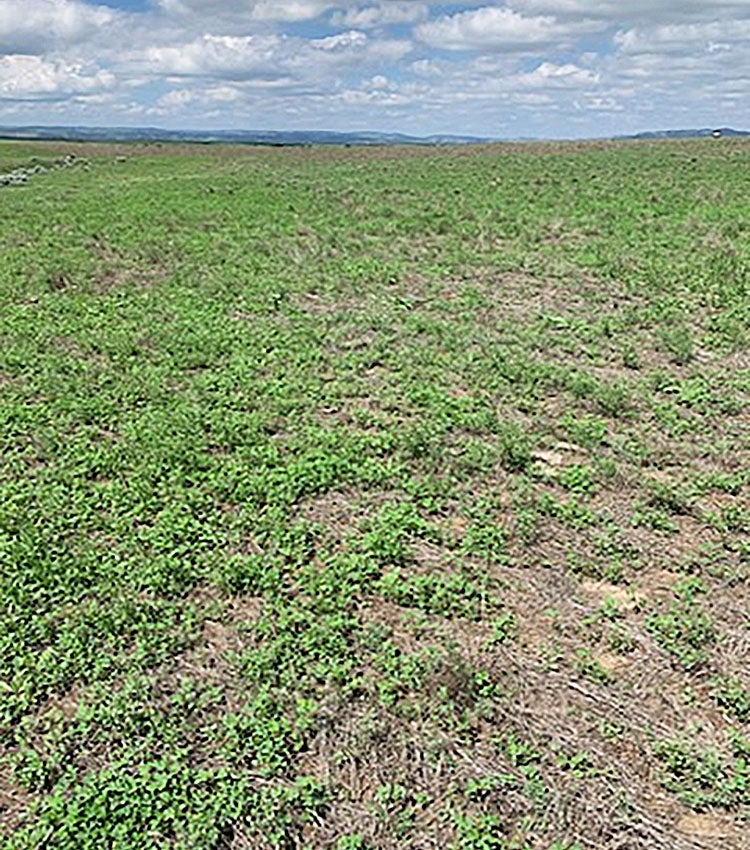
Ecological Underpinnings
It is commonly thought that crested wheatgrass is a drought-tolerant and hardy grass that is very tolerant of livestock grazing (even invasive at times). While this is true in many cases, it seems that overuse coupled with a combination of environmental factors can make crested wheatgrass surprisingly vulnerable to plant mortality or highly reduced vigor. The years 2020, 2021, and 2022 in most parts of southwestern SD were characterized by moderate or abnormally dry conditions through much of the growing season (UNL Drought Monitor). While many areas were drier than normal, drought was never severe or particularly long-lasting on many ranches in this part of the state.
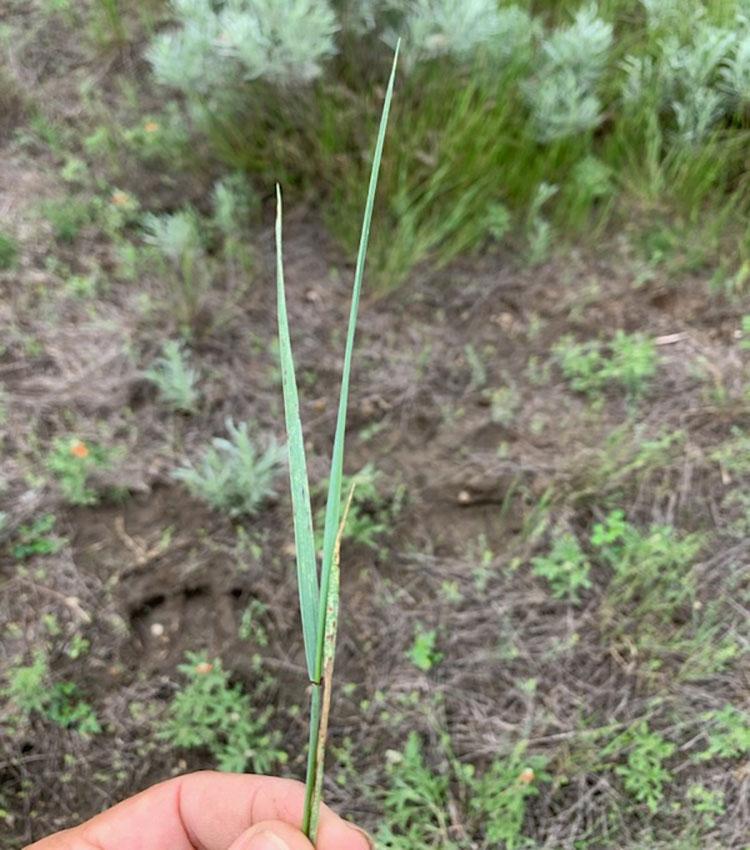
However, during this time, there were opportunities to graze later into the fall and winter, with southwestern SD at times receiving sudden and very cold winter temperatures with limited insulating snow cover, at least during some winter periods. Further, black grass bugs were commonly reported during summer 2022 and 2023 as infesting wheatgrasses in SD (Figure 4). This native early-season pest especially impacts wheatgrasses, which grow primarily in the spring and early summer as black grass bugs emerge. Previous reports of crested wheatgrass die-offs indicate that no single factor will likely result in plant mortality. Instead, it is likely that compounding factors caused mortality to occur.
Importance of Grazing Practices
Managers have the highest level of control over grazing management practices. To provide for adequate plant health, crested wheatgrass should be allowed proper recovery periods while it is growing in the spring and during the fall (fall growth is dependent on the moisture we receive). It is recommended that 6 inches of growth should occur prior to grazing crested wheatgrass, and cumulative growing degree days (abbreviated as GDD) of approximately 443 to 516 should be achieved prior to grazing, and no less than 3 to 4 inches of grass height should remain when grazing concludes. At a minimum, leaving adequate residual cover to protect the soil and plant resource is required.
Looking Forward After a Crested Die-off
Monoculture stands of crested wheatgrass that exhibited a die-off in 2023 will likely need to be reseeded. In some cases, this might be required for entire fields or just parts of the field. In areas where crested wheatgrass was a component of a native rangeland plant community, reseeding may not be needed or be feasible. Whether affected areas should be reseeded with crested wheatgrass or other plant species must be determined by landowner needs and objectives, as well as site suitability. For example, crested wheatgrass die-offs could be an opportunity for landowners to improve forage variety, incorporate more legumes into the stand, or renovate old crested wheatgrass stands that may have become less productive. Contact SDSU Extension or your local NRCS office for more information.
Citations
- The Great Crested Wheatgrass Die-Off of 2018. Montana Rangelands Partnership.
- UNL Drought Monitor. National Drought Mitigation Center.
